Antonio Beato, born circa 1825 in Veneto and died in 1905, also known as Antoine Beato, is an Italian and British photographer. He is renowned for his genre scenes, portraits, photos of Egyptian architecture and landscapes in particular, of the Mediterranean region in general. He is the brother of Felice Beato, with whom he has worked on various occasions. He often used the French version of his first name, Antoine, perhaps because he worked extensively in Egypt where the French language was widespread at the time. Little is known about its origins. He was probably born around 1825 in Venetian territory before obtaining British citizenship. There are nevertheless many proofs [Which ones?] That his brother Felice was born in Corfu, then owned by Venice, but placed shortly after, in 1814, under British protectorate by the Treaty of Paris. The two brothers learned photography in the early 1850s from British photographer James Robertson, who married their sister, Leonilda Maria Mathilda1. Felice Beato becomes Robertson's assistant and follows him in particular to Crimea and Malta, then joins forces with him under the entity “Robertson & Beato”, or “Robertson, Beato & Co.” (in which Antonio collaborates2). In 1858 Felice opened his own business in Calcutta, assisted by Antonio until the end of 18591. Antonio settles in Egypt, first in Cairo, in the district of Mouski, then in Luxor, in 1862 3. While Felice continues to work in Asia, mainly in India and in China, before settling in Japan , in Yokohama4. The absence of a first name or initial in the sources5, or the signature “Felice Antonio Beato” or “Felice A. Beato” in certain photographs, have sometimes led to some confusion about the identity of the two brothers6. Especially since Felice also stayed in Cairo7. A corrigendum published at Antonio's request in Le Moniteur de la photographie in June 1886 reports this confusion8. In the travel story Egypt and Palestine by shipowner and politician Émile Delmas, published in 1896, a passage gives an explanation, real or invented, of Antonio Beato's installation in Egypt: “Under an azure sky, January 1, 1895 rises happily on Louqsor (...) At dawn, we leave the ship, to go to a photographer that our friends in Cairo had particularly recommended. "Gentlemen, please be seated," said Mr. Béato, placing before us his photo albums, methodically classified by region. It is a tough job, photography, believe it, in this climate. - But, interrupts the doctor, who obliged you, Mr. Béato, to come and exercise it here? - That's quite a story, gentlemen. I lived in Italy, wasting away there, eaten away by bronchitis. On the advice of the doctors, I came to ask for my salvation from the Egyptian sun forty years ago; and although I believe I can consider myself healed by him, I remain here out of prudence. "9 At the end of the 1860s, he collaborated with Hippolyte Arnoux, established in Port Saïd, who covered the work of boring the Suez Canal [ref. necessary]. Once settled in Luxor, Antonio Beato enjoys a virtual monopoly on the trade in photographs, selling prints, then postcards, to tourists. In the travel story Walks in Egypt and Constantinople published in 1886, the librarian and future curator of the Provins museum Émile Bourquelot also recounts his meeting with the photographer10. Described as "a little stout" and endowed with a "pleasant and open physiognomy", he works in a "workshop from which one enjoys a splendid panorama of the Nile and the mountains". We learn that it is "in May that he leaves his apartment in Louqsor to return to Cairo, his official residence" because "from June, Louqsor's stay is no longer bearable for a European". Beato does not fear possible competitors in Luxor and assures that he would not hesitate to “[break] their backs”. He died in 1905. Some of his photographs were bought from his widow by Gaston Maspéro, on behalf of the Egyptian Antiquities Service6. Photographic work [edit | modify the code] Thanks to Gérard Réveillac's research work published in 20172, we now have a very extensive view of the photographic work of Antonio Beato. He published hundreds of photographs, mainly of the sites of Luxor and Karnak, where he settled from 1862 Pascal Sébah (1823 - June 25, 1886) is an Ottoman photographer [ref. necessary], a Syrian Catholic father and an Armenian mother, who worked in particular in Istanbul and Cairo. antoine béato Of Syrian origin, he opened a photographic studio in Constantinople around 1860. He joined forces with photographer A. Laroche. He opened a branch in Cairo in 1873, which he entrusted to his brother Cosmi. When his son, Jean-Pascal Sébah (1872-1947


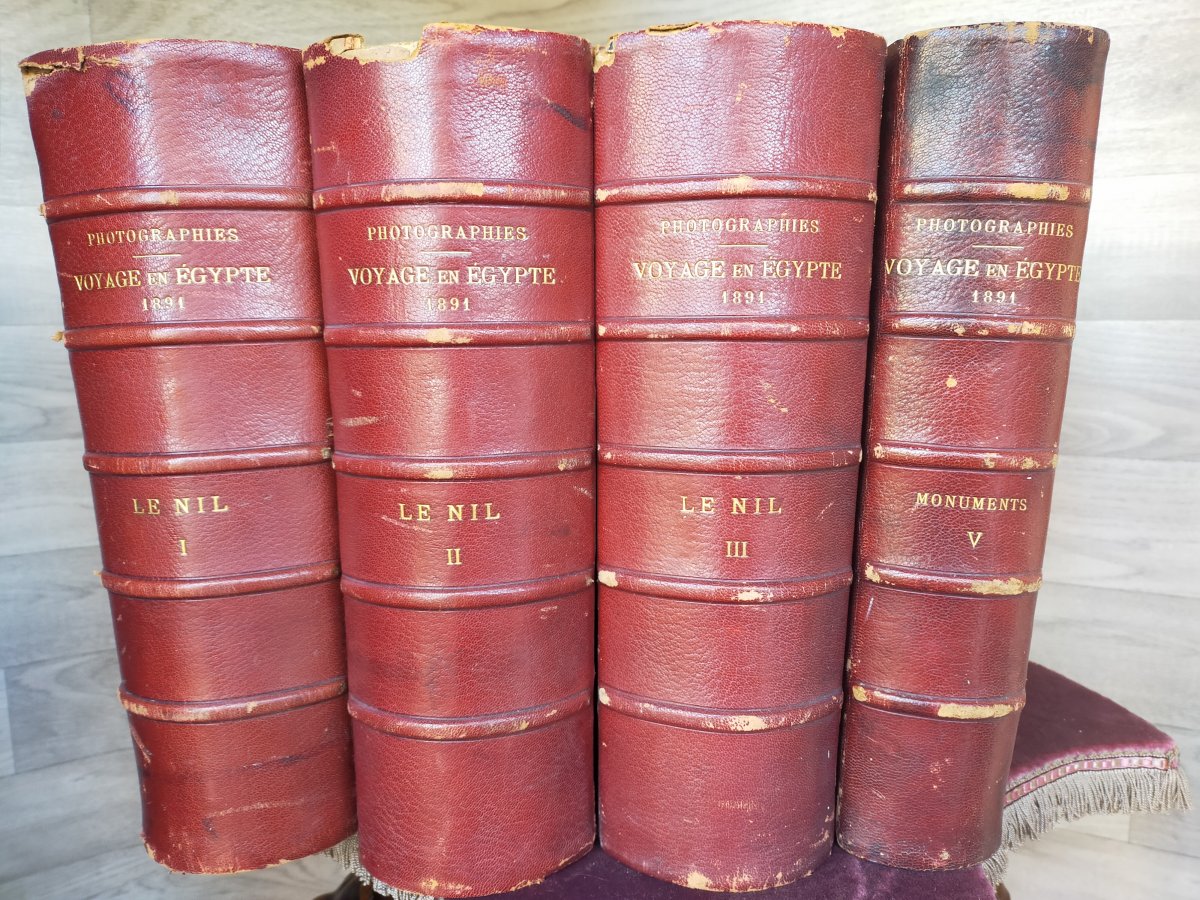
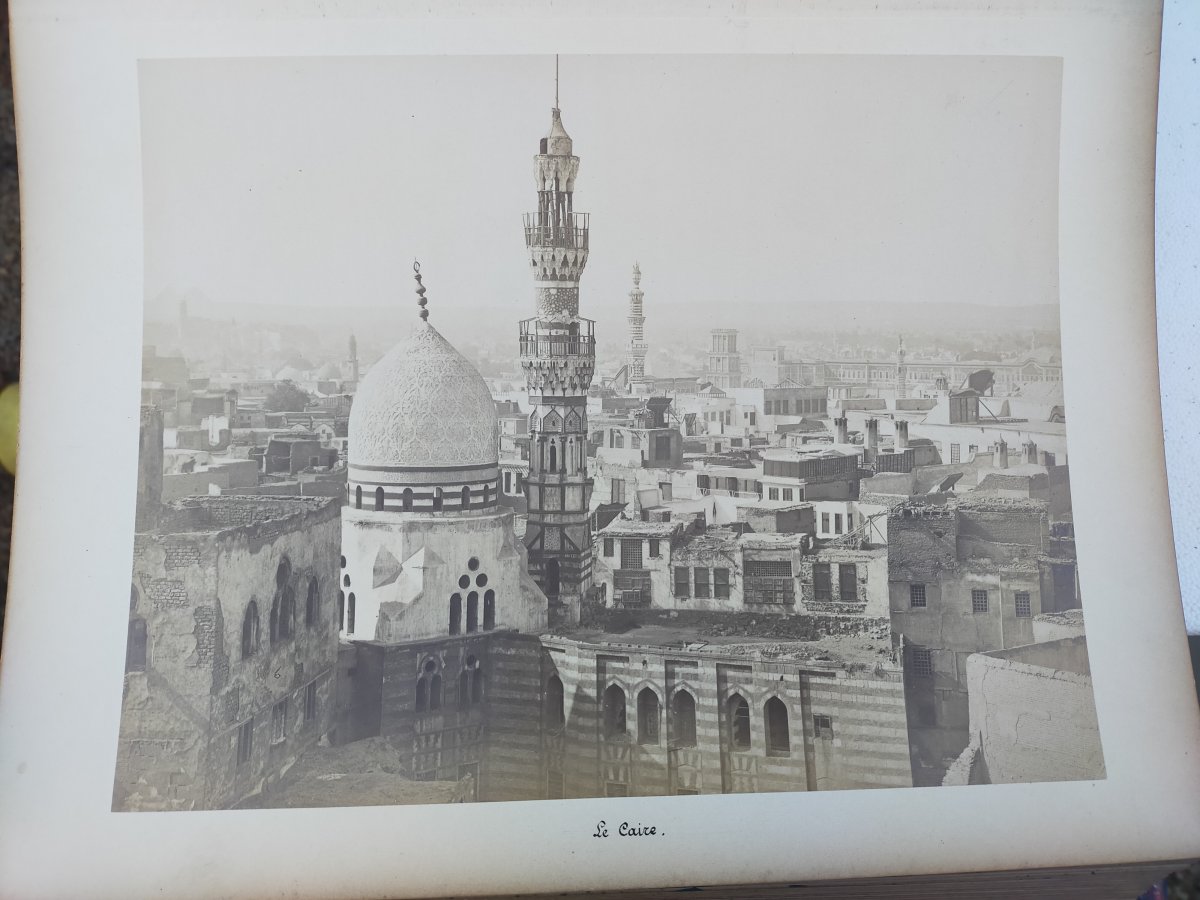


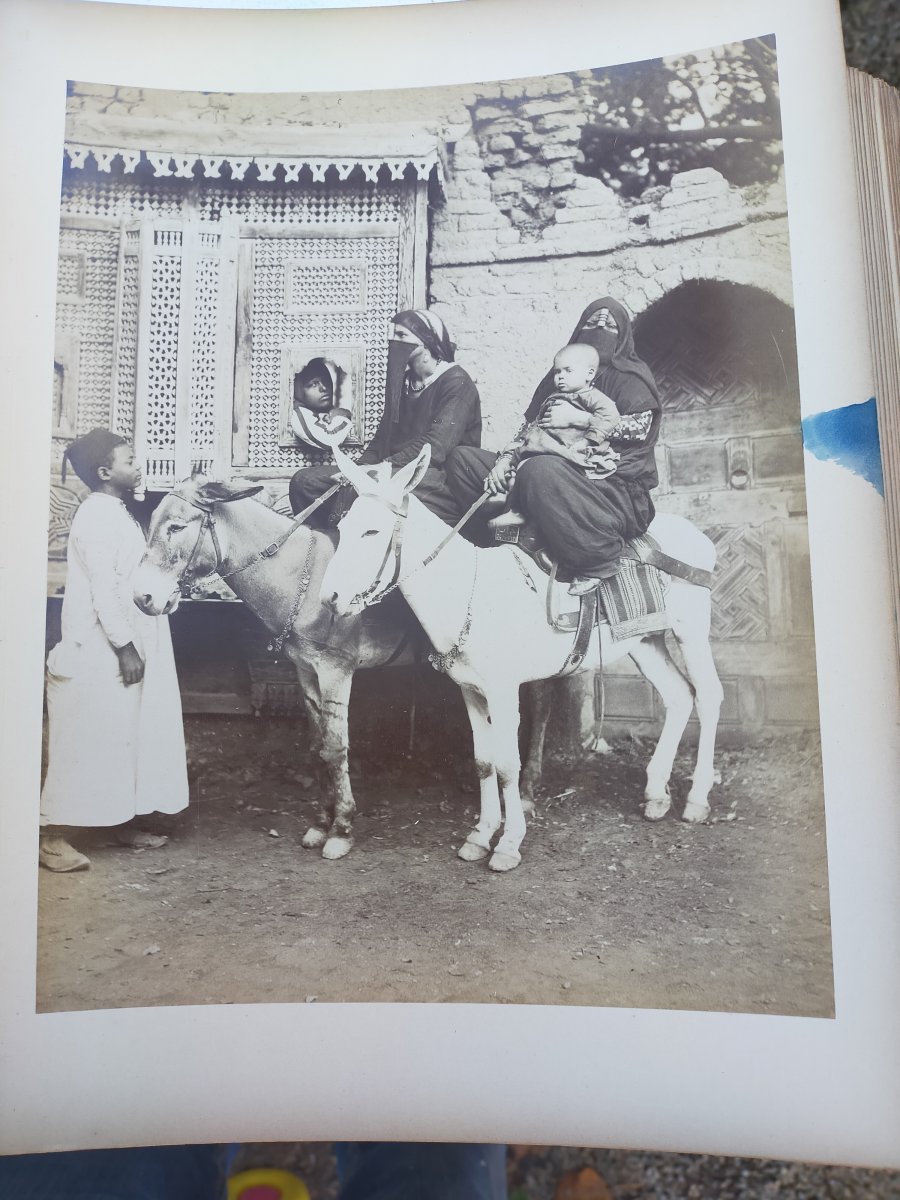
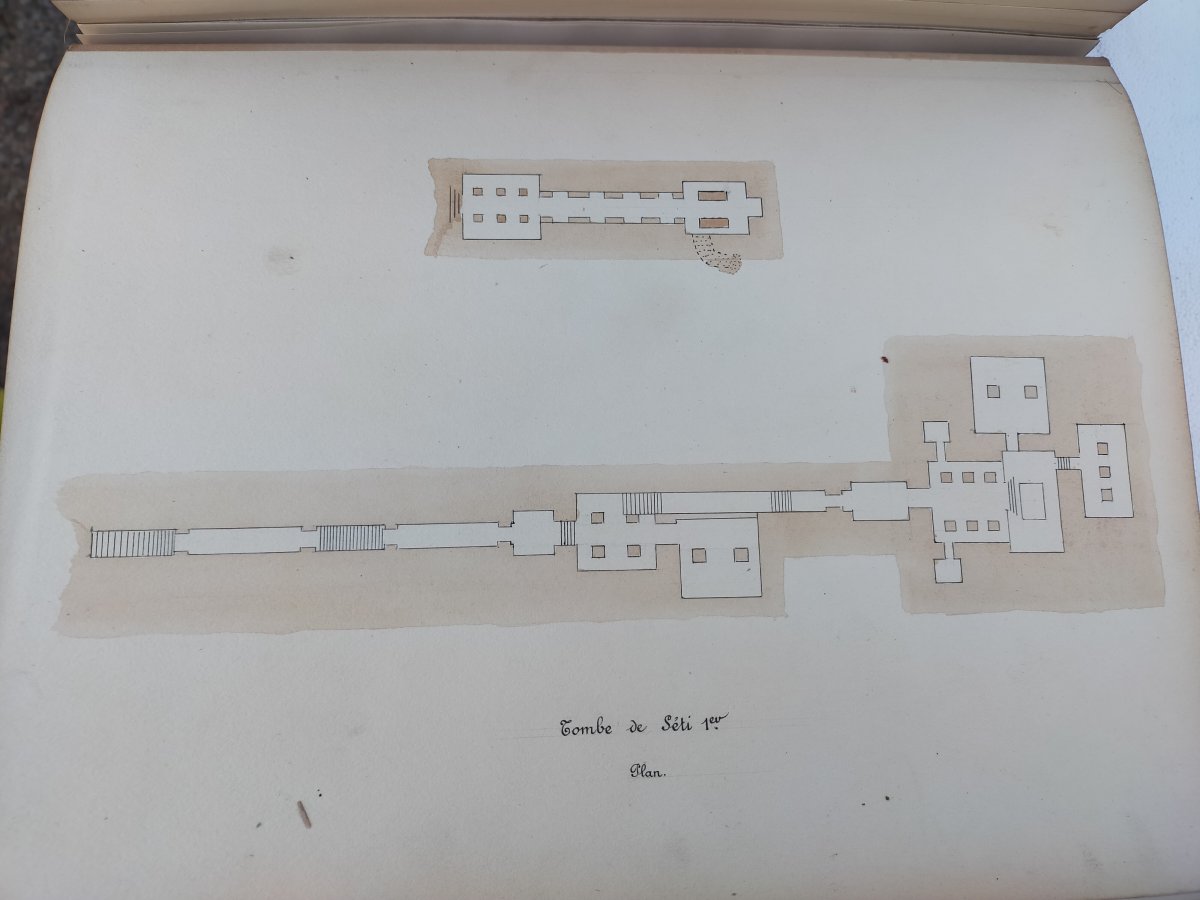
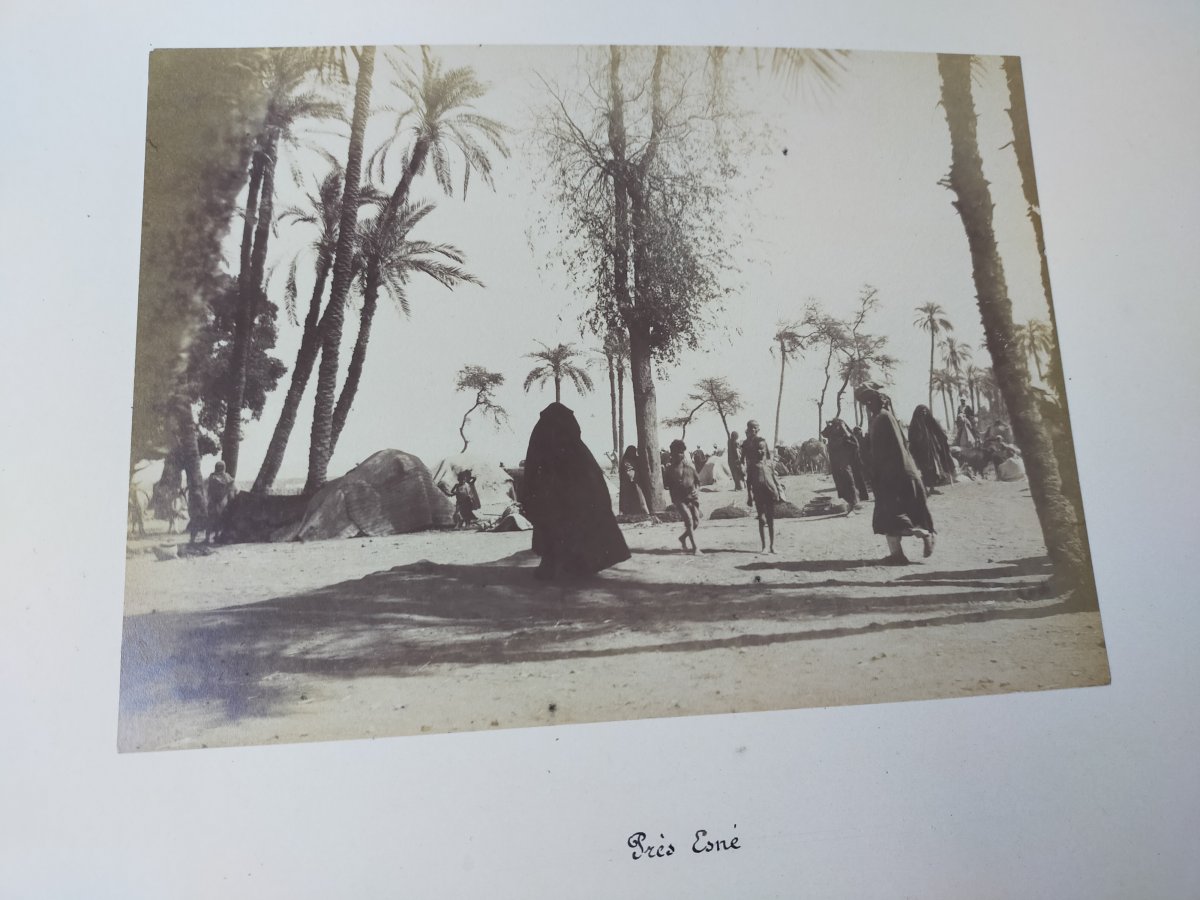
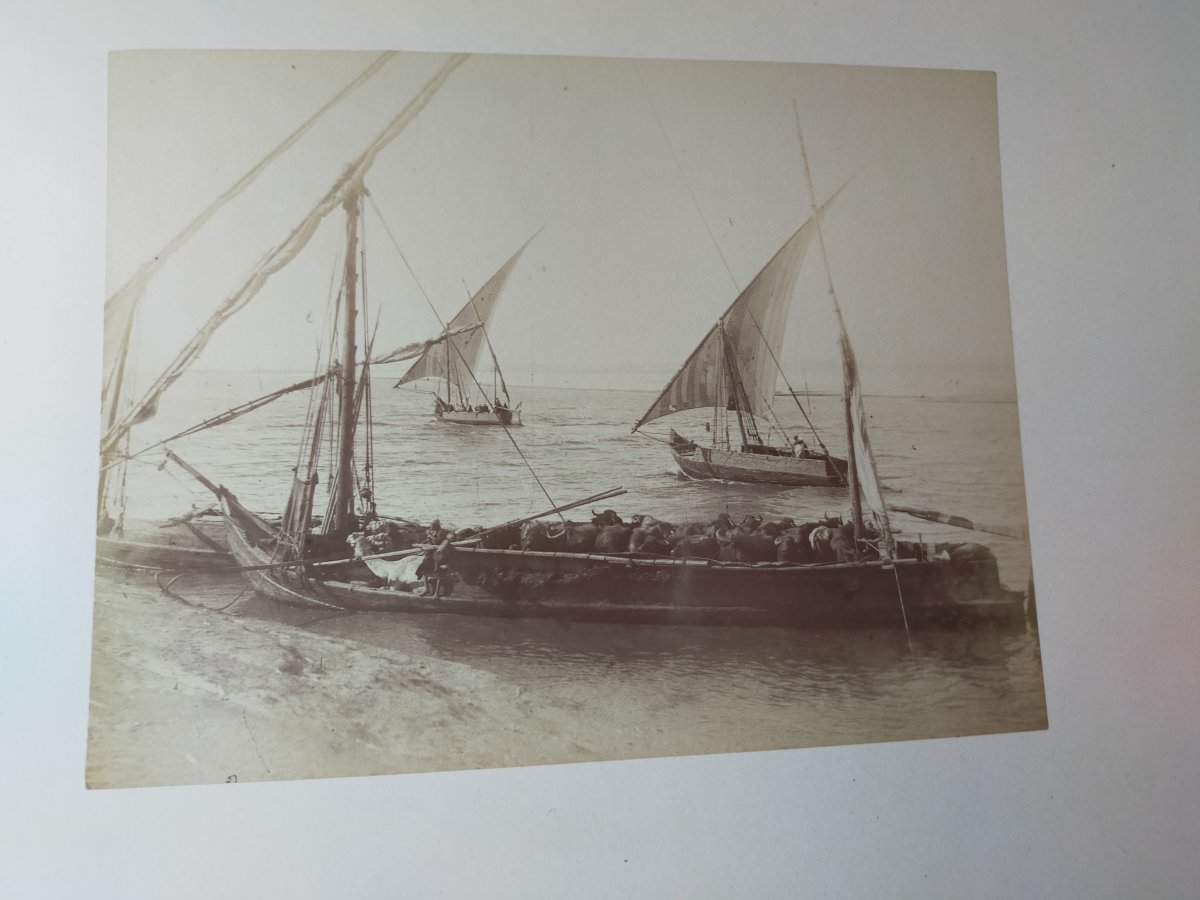
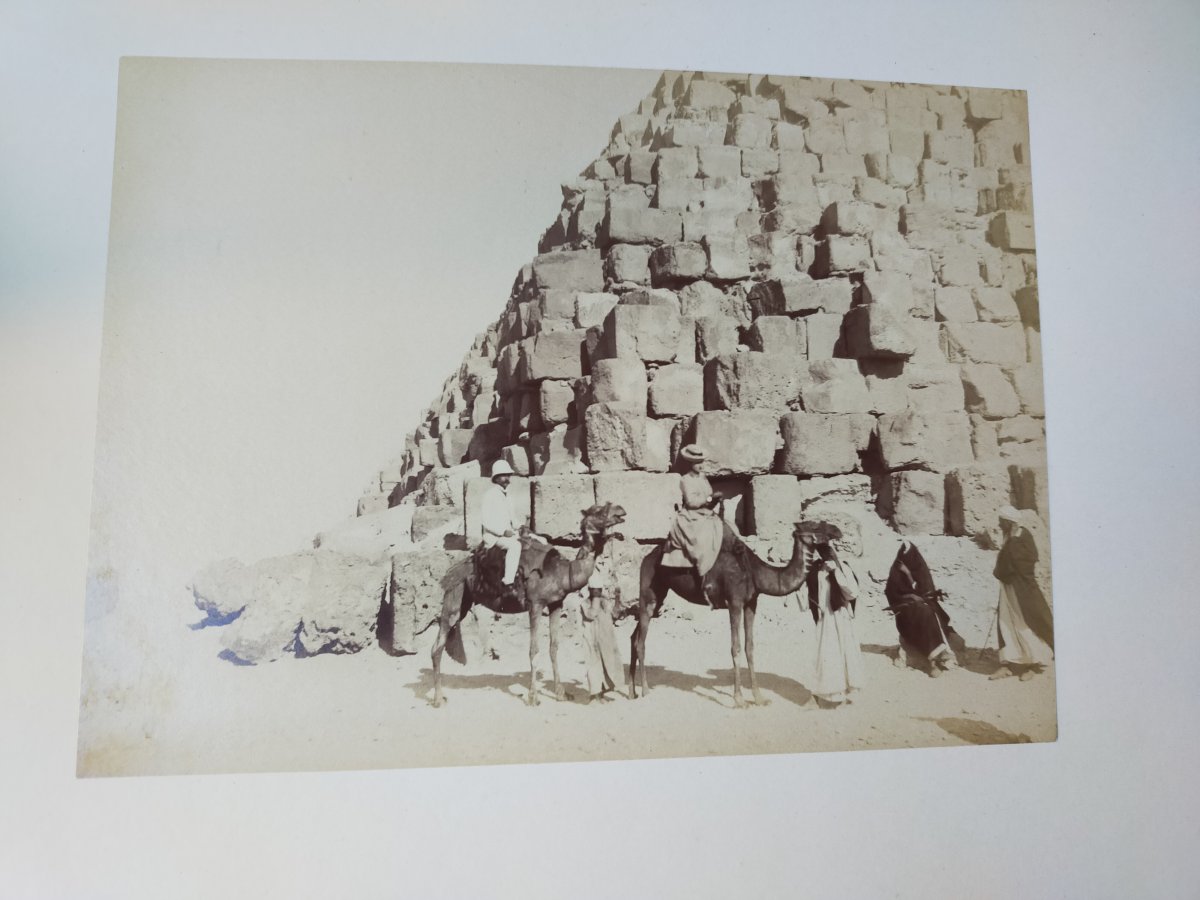
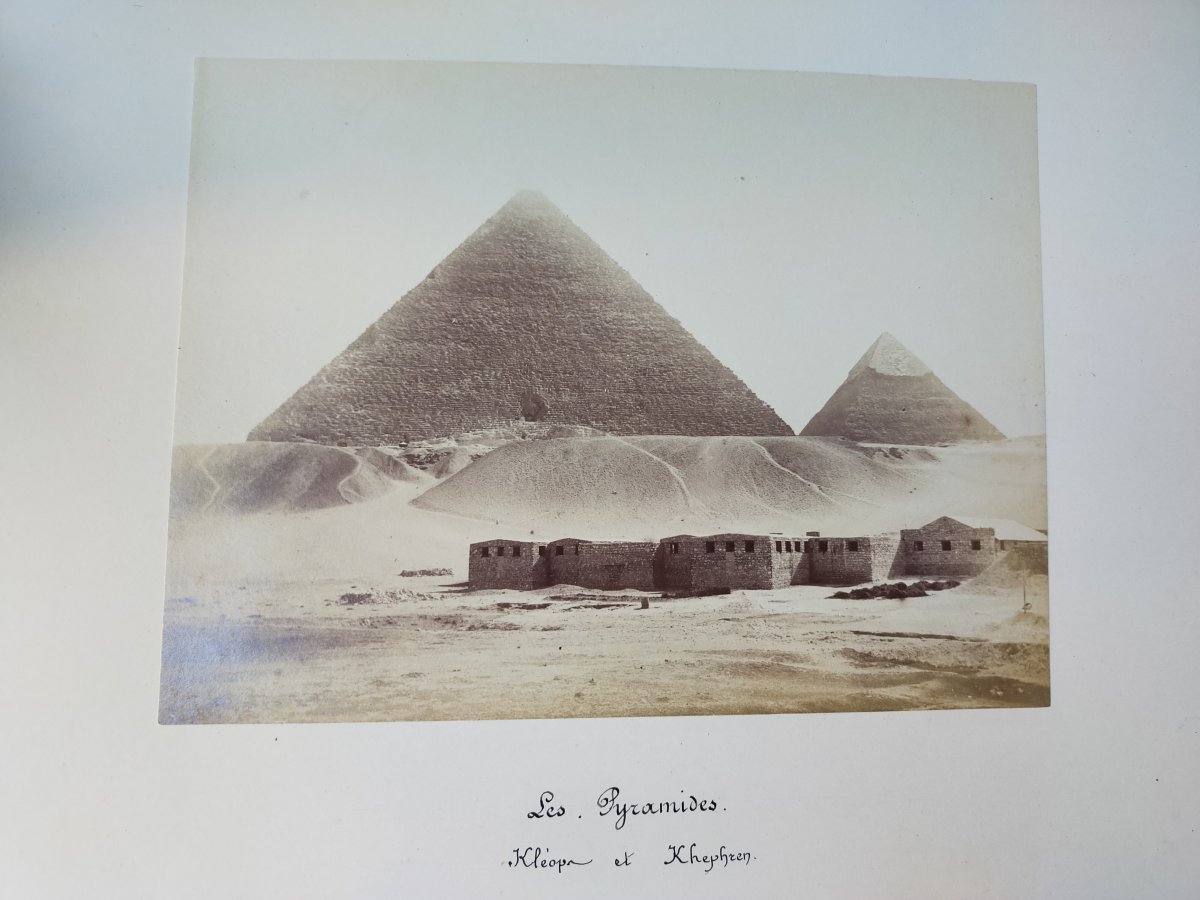
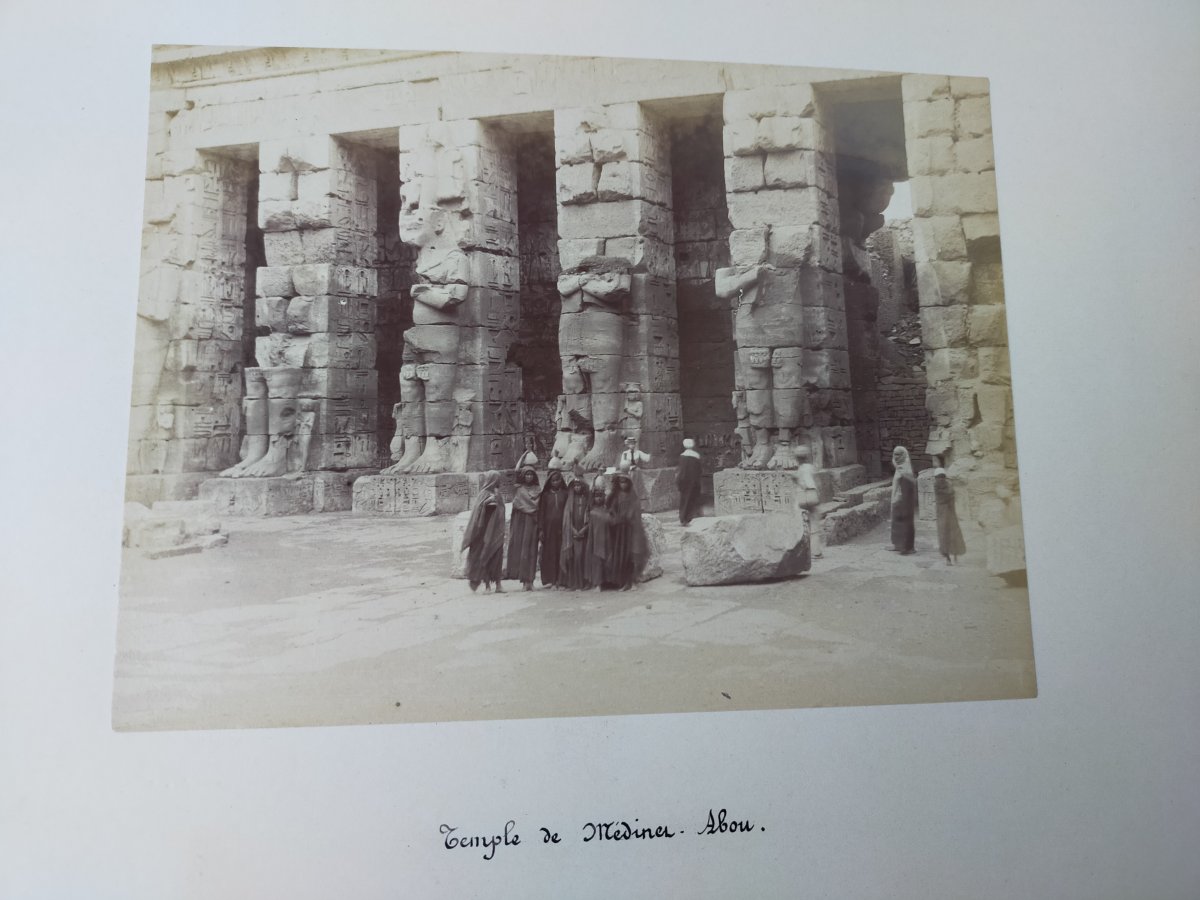
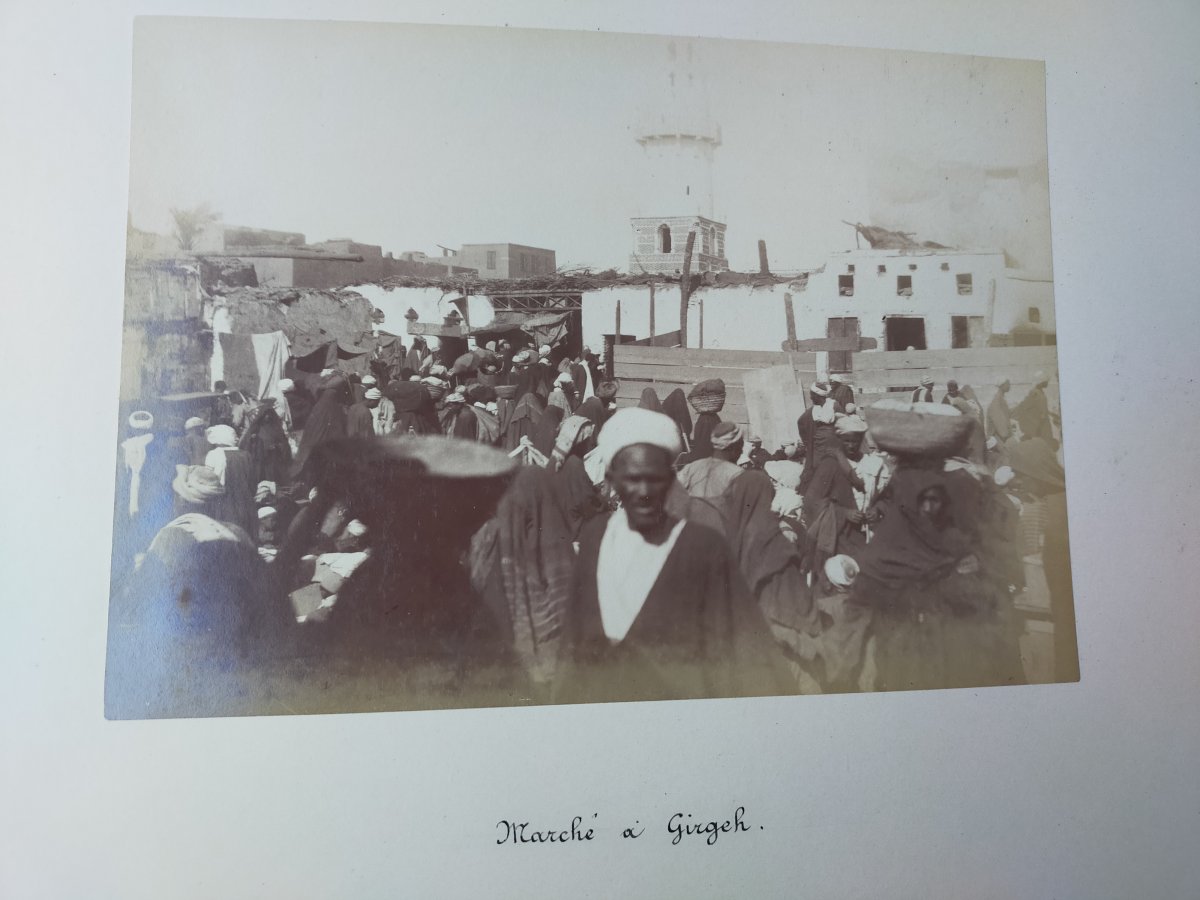


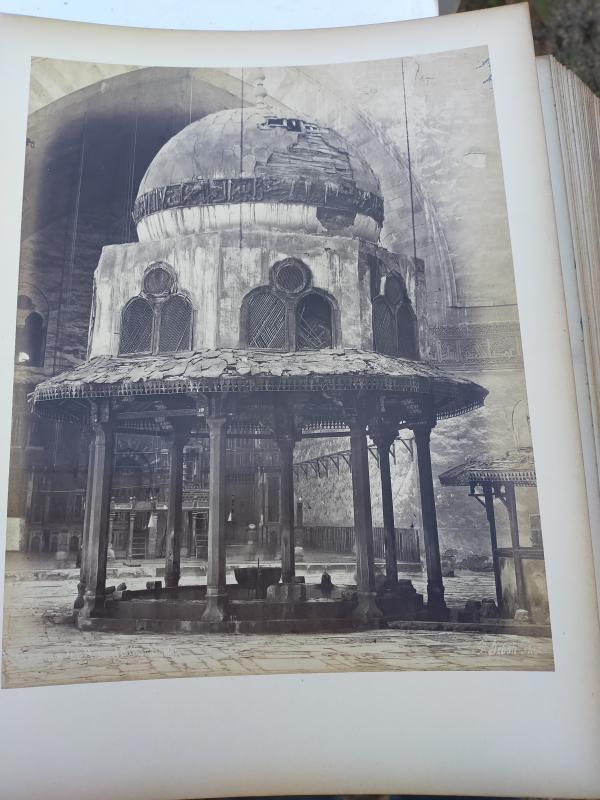
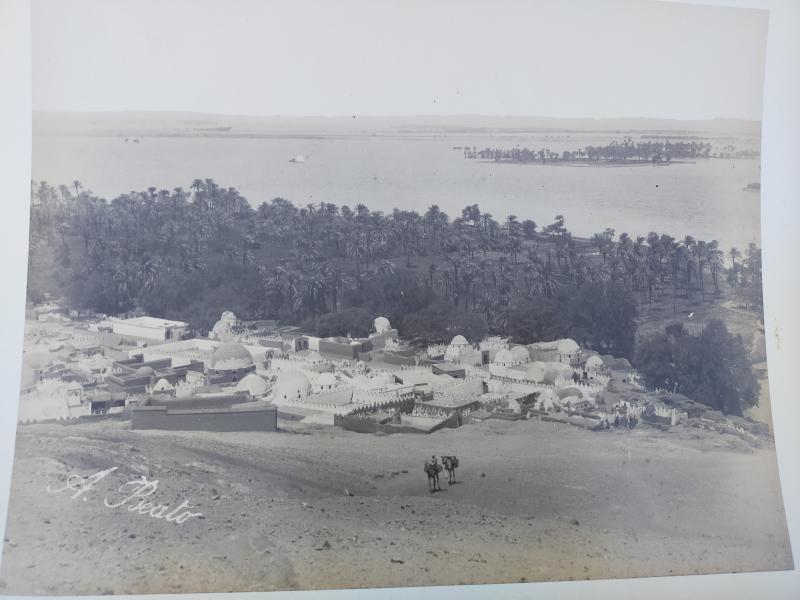












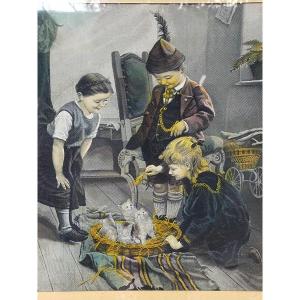
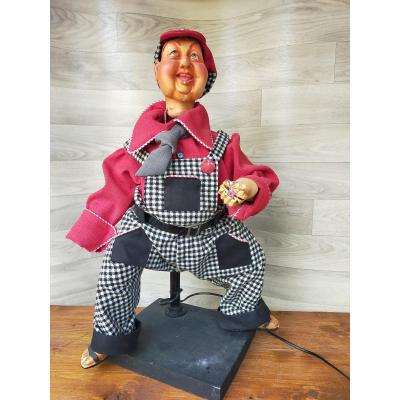
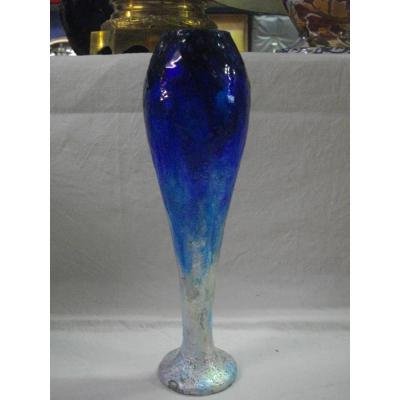

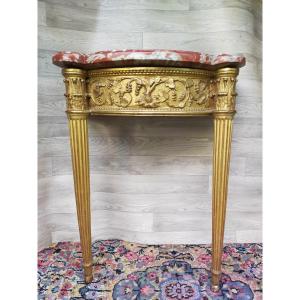

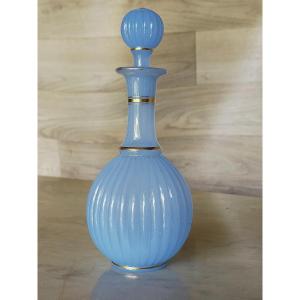




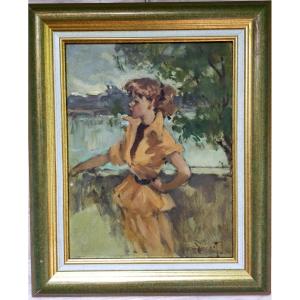


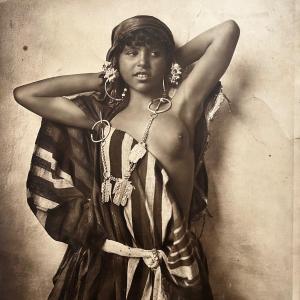

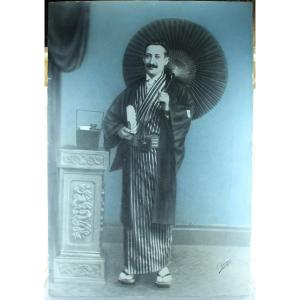



 Le Magazine de PROANTIC
Le Magazine de PROANTIC TRÉSORS Magazine
TRÉSORS Magazine Rivista Artiquariato
Rivista Artiquariato